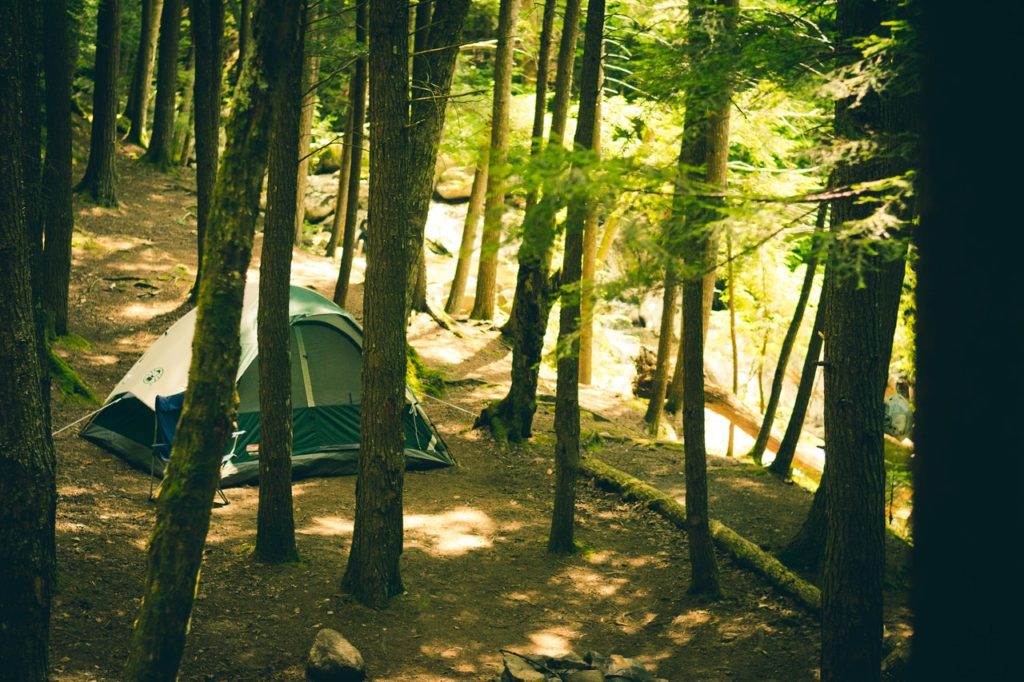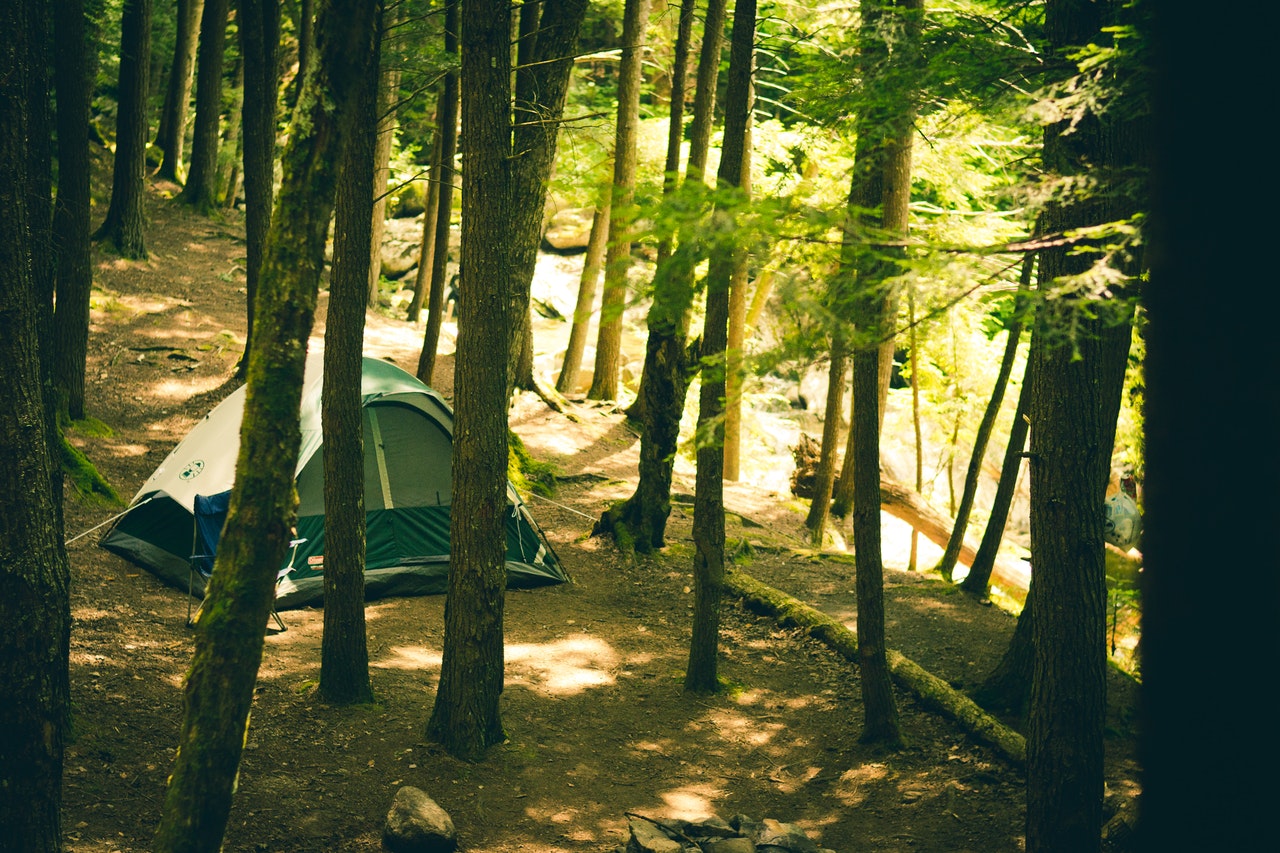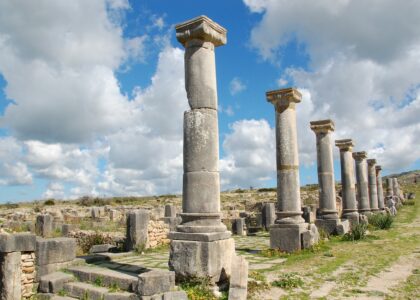
At the time when the hotter climate hits, nature lovers like to make the most of it by packing up their tents, hiking bags and camping essentials to relax under the stars.
The 2016 American Camper Report by The Outdoor Foundation reveals that 40.1 million people—14 percent of the world’s population camp during the sunny days of the year.
While uniting with nature is plainly a great opportunity for most of us, campers come face to face with inherent dangers of camping that are not typical in the cities and suburbs.
Unexpected thunderstorms, venomous bugs or animals and health dangers like dehydration and nausea can put a serious camper into critical health conditions while completely draining the thought of an amazing camping experience. Fortunately, there are ways to diminish the odds of outdoors dangers that may influence your next camping trip.
In an interview with Robert E. Preston, a professional camper since the last 14 years, we asked the daily problems campers may confront, and how they can purchase the right camping gear to avoid the dangers of camping.
Tents
Tents are easily available on the internet, but it’s important to find the one that perfectly fits all your needs: whether it’s safety, accommodation, shape or color. But, before making your purchase you need to identify the type of camping trip you’re going for and the number of people you want to accommodate. You must also consider the tent’s ability to tolerate harsh weather, etc.
Once you’re familiar with the basics, you can wisely spend your money on a durable and long lasting tent. The features you should look for in a canvas tent are zippers, poles, material, the durability and its ability to keep you safe
A short trip over the weekend would not require much except a backpack and some edible items. However, for a long trip, you will require a tent that helps in space optimization. Generally, the size of the tent can also be measured by the number of people it can fit in. If you’re 2 people on a trip, then buy a tent that can easily accommodate 4 people. It will have enough space for you to stretch out and also store your extra material.
The main idea while buying a tent is to accommodate the maximum people and still have enough space available. If you think you can easily go a little over your budget, then we’d suggest investing in multi-room tents. These tents are spacious and available in multiple designs too. You can purchase one with an internal zipper that will separate the internal environment from external dangers, it will also come handy in case you’re camping with kids and require privacy for yourself.
Sleeping Tips while camping:
- Purchase a strong resting sack. Try not to waste your money on a regular sleeping bag. A decent sleeping bag keeps you warm in winters and protects you from bugs and ants while acting as a barrier between you and the rough ground in summer.
- Pack an extra blanket in case you’re going as a family. It can be spread on the ground as a cookout and furthermore go about as a rope when climbing.
7 Safety Tips For Beginners:
- Pack a first aid kit:
Safety should be your priority, whether you’re a beginner or a pro. It’s better to be as cautious as possible. It is helpful to pack a first aid kit when camping outdoors with family or even alone. One essential homemade kit includes migraine pills, germicide creams, band-aids, and fever medicines. For your simplicity, you can likewise buy a readymade kit from your local drug store. - Gaffer Tape:
in case you’re exploring nature for the first time, gaffer tape ought to be on the highest priority on your list. You can repair ground sheets, splint poles and fly sheets with this magical tape.
- Carry a pocket knife:
The advantages of a pocket knife are boundless. With a decent sharp blade, you’ll have the ability to open lager bottles, beer cans, and food cans. Not just this, you will likewise have a multi-tool that can cut, sharp, screw, unscrew, and help you pick teeth. - Coolers:
Pack no less than two coolers in case you are spending the weekend camping. The idea behind packing two coolers is that you’ll have the capacity to store meat, solidified food and different things that you don’t usually put in one cooler and fill the other with beers and drinks. Likewise, take a couple of freezer blocks and ice packs, they could be a savior when a bee stings you or you hurt yourself in the woods. Finally, place these coolers in a warm place inside the tent and far from the sun for long lasting cooling. - Plastic bags and Garbage bags:
When heading back for home, plastic bags are convenient to pack dirty clothes and wet gear. Set aside all the wasted food, messy clothing and shoes in one big plastic bag and your work is done. It is also a decent method to train your children to clear the mess and keep nature clean. - Burner stoves:
When camping with the family, it is recommended that you purchase a two-burner stove. Spending quality time with family while cooking and eating and ensuring their safety should be the primary motivation behind your camping trip. A two side burner will reduce the cooking time and make it less distressing. Ensure it contains an inbuilt windshield as well. - Maps:
If your camping trip requires even the slightest chance of having to arrive at a destination, you’ll need a map to help you along and keep you on the right tracks. A well-constructed map will also be helpful while hiking. It’ll help you determine how much you have travelled and how much farther you have to travel to reach your destination without the fear of getting lost along the way.There are chances that a modern campaigner might prefer using the map on their phone or tablet. Digital maps provide a heap of information that might not be available on the paper map. They are also a safe option as you can immediately call help in case of emergencies.However, one downfall of using digital maps is that they are heavier than paper maps, occupy space and are highly dependent on signals and data connection- something that is difficult to find in the wilderness.
………………………………………..
Author Bio:
Judy Robinson is a passionate health and lifestyle blogger. She loves to write on healthy lifestyle, travel, fitness 101 and DIY related topics. Follow @judyrobinson for more updates.






